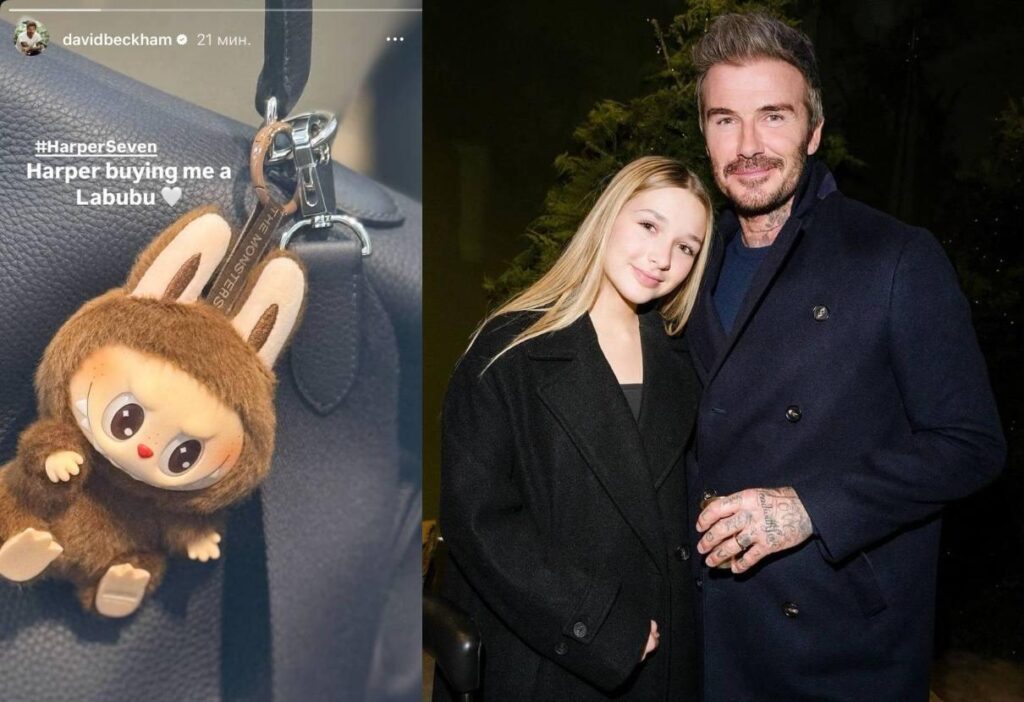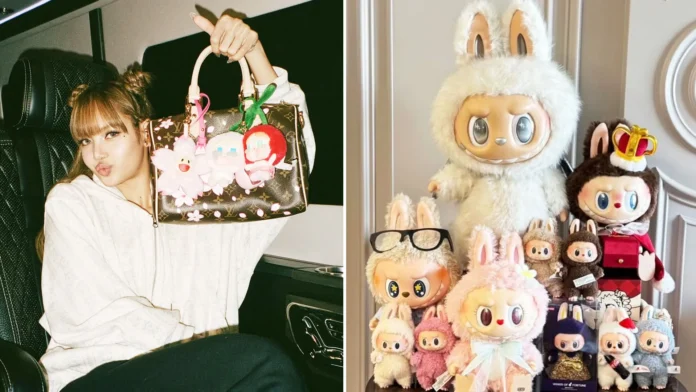If you’ve scrolled through Instagram or TikTok lately, chances are you’ve seen a quirky little character with mischievous eyes and pointy ears popping up in the hands and hearts of influencers, collectors, and even celebrities. Meet Labubu, a small vinyl doll that has taken the world by storm and sent collectors queuing outside Pop Mart stores from Dubai to Tokyo.
But what exactly is Labubu? Why is everyone talking about it? And how did a relatively niche toy evolve into a global marketing phenomenon, skyrocketing Pop Mart’s share price in the process?
Labubu’s Origins: A Creative Spark from Hong Kong
Labubu is the brainchild of Kasing Lung, a Hong Kong-based illustrator and visual artist. Originally created over a decade ago, Labubu was part of Lung’s whimsical world of “The Monsters” a collection of cute but slightly creepy characters that quickly attracted cult followings in Asia.
In 2019, Lung partnered with Pop Mart, a Chinese toy company known for producing collectible art toys and selling them in blind boxes. For the uninitiated, blind boxes are sealed packages where buyers don’t know exactly which figurine they’re getting until they open it, part of the thrill that keeps collectors coming back.
Labubu was included in Pop Mart’s lineup in 2019, but it wasn’t until recently that the little monster exploded in popularity.
Celebrity Magic Sparked the Trend
The tipping point for Labubu came when Lisa Manobal, global K-pop sensation and member of BLACKPINK, was spotted carrying a Labubu doll. She didn’t just pose with it, she praised it in interviews, posted about it online, and even made it part of her everyday aesthetic.
For Lisa’s millions of fans around the globe, that was all the encouragement they needed. Suddenly, Labubu wasn’t just a toy. It was a statement, a collectible with street cred.
And like many things in pop culture, when one celebrity starts a trend, others quickly follow.

In May 2025, David Beckham posted a picture of a Labubu attached to his bag on Instagram. That single post gave another massive push to Labubu’s viral reach.
From Dubai to London: Fans Are Lining Up for Labubu
Today, it’s not just Asia that’s obsessed. Across Dubai, morning queues outside Pop Mart stores have become the norm. People line up before the doors even open, hoping to score the latest Labubu design before it sells out. Limited edition releases? Those are gone in minutes.
The trend reflects a shift in how collectibles are marketed and consumed, driven by scarcity, influencer endorsements, and emotional attachment to visual aesthetics.
In a world constantly seeking the latest updates and trending news, Labubu checks every box: limited supply, visual appeal, celebrity backing, and the thrill of collecting.
Marketing Masterstroke of Pop Mart Strategy Pays Off

This craze isn’t just cute, it’s smart business.
Pop Mart International Group Ltd. (HKG: 9992) has been strategic in building Labubu into what they now call a “Super IP.” By treating characters like Labubu not just as toys but as brands, Pop Mart has built a loyal, recurring customer base. They’re not just selling figures; they’re selling emotion, identity, and culture.
And the numbers show it.
In 2024, Pop Mart reported 13.03 billion RMB in revenue, more than double its 2023 revenue of 6.3 billion RMB. By July 21, 2025, the company’s stock had soared to 246.2 HKD. That’s a 600%+ gain in just a few years, a growth story few other brands in the toy and entertainment sector can match.
Pop Mart’s rise isn’t just about cute toys, it’s a masterclass in branding and marketing. By turning Labubu into a “Super IP,” they built an emotional world around a single character through blind box gamification, celebrity influence, limited drops, and immersive storytelling.
Founder Wang Ning’s fortune also exploded, growing from $400 million in 2019 to over $5.8 billion in 2025, proving the power of emotional marketing and IP-driven growth.
Global Expansion: Labubu Goes Worldwide
Pop Mart’s international expansion has also fueled its rise. In Q1 of 2025, Pop Mart’s U.S. revenue alone surpassed its entire 2024 total, while European sales grew over 600%. These numbers highlight how strong IP-driven marketing, cultural crossover appeal, and smart retail strategies can push a niche product into the global mainstream.
What’s impressive is how well the company has adapted to different markets. In Dubai, they tailor store experiences to local culture. In the U.S., they’ve tapped into streetwear and urban collector circles. Meanwhile, in Europe, designer collaborations and fashion tie-ins are creating hype.
Pop Mart’s formula is working: strong characters, emotional storytelling, limited editions, and celebrity endorsements. Mix all of that with some savvy social media marketing, and you’ve got a cultural phenomenon.
What Labubu Taught Us About Branding
Pop Mart didn’t just create a product, they built a world, an emotion, and a lifestyle.
What really stands out to me is how Labubu transformed from a niche art toy to a global symbol of joy, style, and self-expression, all without losing its quirky essence.
Whether or not you personally collect Labubu, this trend has massive takeaways for marketers and brands: in today’s world, emotional connection is the real currency.
Labubu is here, and it’s more than just a moment. It’s a movement, one that’s shaking up the toy industry, pushing Pop Mart’s stock through the roof, and reminding us that even the smallest characters can make the biggest impact.
So next time you spot someone hugging a little toothy monster in public? Don’t be surprised. That’s just Labubu living rent-free in all our timelines.
Where can I get more updates on marketing trends like this? Follow AdChronicle for fresh, human-first insights into what’s trending now in culture, business, and branding.


